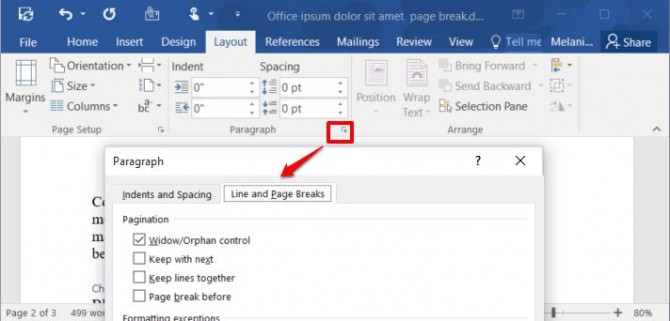

If there are gaps, use “Next Row” to change each row height as needed. Under size, enter your label height and set it to “Exact” (NOT “At least”).
 Set Row Properties click on the Row tab in Table Properties. Click on Options, set cell margins and spacing to 0mm, and turn off “automatically resize to fit contents”. from the left edge of the first column to the right edge of the last column). Under size, set the preferred width to the total width of your labels (i.e. Set Table Properties select the Table Tools Layout tab and click on the Properties button. Remove Borders select the Table Tools Design tab, click on Borders, and select No Borders. Move your cursor to the top left corner of the table and left click on the four headed arrow icon that appears to select the table. This adds a generic table it needs amending to create a suitable template. Finally, on the Layout tab, set the header and footer to 0mm. On the Paper tab, check that the page size is A4 with the measurements 210mm and 297mm. On the Margins tab, enter your top, bottom, left, and right page margins and set the gutter margin to 0mm. This will open a Page Setup dialogue box. Click on the Margins option in the Layout tab and select Custom Margins. Next you need to enter the correct measurements and margins for your page. To create a landscape template, click on the Layout tab, then on Orientation, and select Landscape. There are two stages: creating a suitable starting document and adding a suitable table. You will need the same measurements as above BUT you will need row gap heights and column gap widths (rather than vertical and horizontal pitches) and all four page margins. After creating your template, save a copy before adding your design.Īs Word templates are basically tables, you can simply create a table that replicates your labels.
Set Row Properties click on the Row tab in Table Properties. Click on Options, set cell margins and spacing to 0mm, and turn off “automatically resize to fit contents”. from the left edge of the first column to the right edge of the last column). Under size, set the preferred width to the total width of your labels (i.e. Set Table Properties select the Table Tools Layout tab and click on the Properties button. Remove Borders select the Table Tools Design tab, click on Borders, and select No Borders. Move your cursor to the top left corner of the table and left click on the four headed arrow icon that appears to select the table. This adds a generic table it needs amending to create a suitable template. Finally, on the Layout tab, set the header and footer to 0mm. On the Paper tab, check that the page size is A4 with the measurements 210mm and 297mm. On the Margins tab, enter your top, bottom, left, and right page margins and set the gutter margin to 0mm. This will open a Page Setup dialogue box. Click on the Margins option in the Layout tab and select Custom Margins. Next you need to enter the correct measurements and margins for your page. To create a landscape template, click on the Layout tab, then on Orientation, and select Landscape. There are two stages: creating a suitable starting document and adding a suitable table. You will need the same measurements as above BUT you will need row gap heights and column gap widths (rather than vertical and horizontal pitches) and all four page margins. After creating your template, save a copy before adding your design.Īs Word templates are basically tables, you can simply create a table that replicates your labels. 
Select “General” from Authoring & Proofing Tools, and set “Measurement units” to millimetres. Word For Mac: Click on “Word” in the menu bar and select “Preferences”. Scroll to Display and set “Show Measurements in units of” to millimetres. Word: Click on File, Options, and Advanced. You can stick with centimetres (and convert the measurements) or change Word’s measurements to millimetres.

Label measurements tend to use millimetres.
Enter your measurements (except number across/down) as a value, followed by a single blank space, followed by the measurement unit symbol. Click on the View Gridlines button on the left hand side. Left click once anywhere in the middle of the page to bring up the Table Tools Layout tab at the top of the page. If you cannot see the table, Table Gridlines are turned off. Its outlines will be shown as dotted grey lines. The table is borderless so it doesn’t get printed along with your designs. They can only represent labels as a grid of rectangles and/or squares they cannot show any shaping, including oval and round labels or rounded corners on rectangle and square labels. Each cell represents a label (or a gap between labels). Word templates represent sheet labels using a table. Template Tuesday Top Tips For Using The Create Labels Tool Step 6: Click on New Document this opens a new document containing your template.








 0 kommentar(er)
0 kommentar(er)
